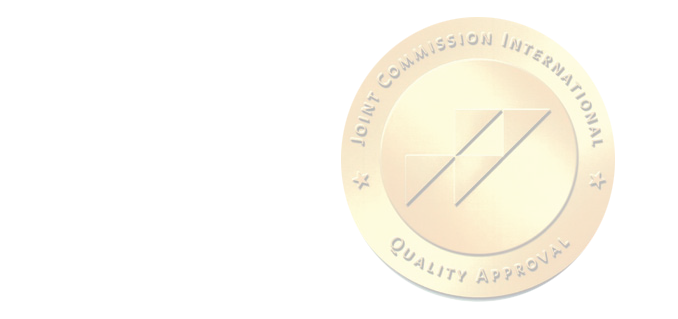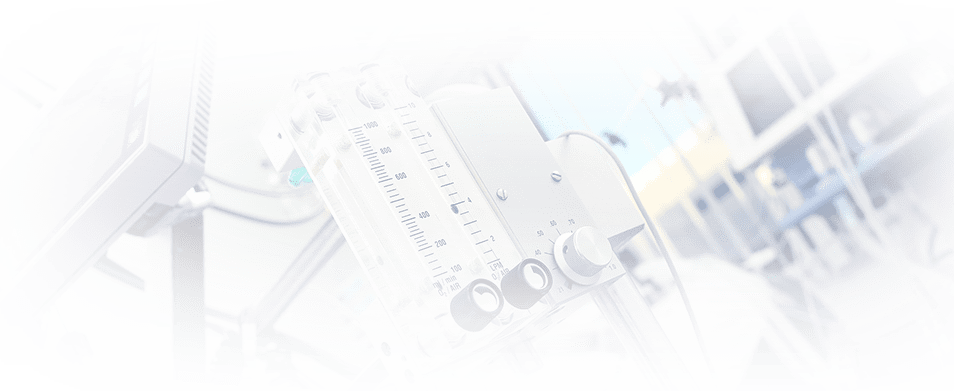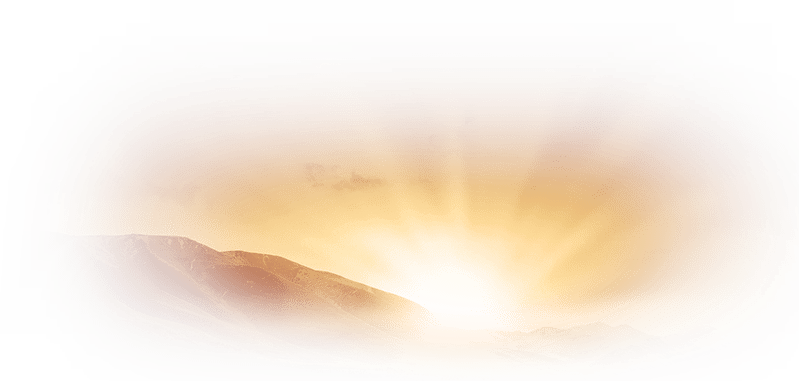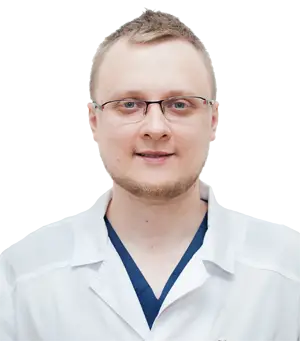Myocardial scintigraphy
Myocardial scintigraphy is a modern, non-invasive body scan that is highly informative. At JSC "Medicina" clinic, it is used in conjunction with other safe examinations: computer and magnetic resonance imaging, X-rays and biopsies. Scintigraphy is used to assess the anatomical location of organs and their functional status.
Scintigraphy is based on the use of radiopharmaceuticals, which are injected into the patient's body. They contain a tissue absorbing vector molecule and a radioactive indicator isotope. A special apparatus, a gamma camera, registers ionising radiation from the preparations. The amount of radio-indicator is very small, so it is safe for humans, and it is quite enough for one research.
The result of the study is a two-dimensional scintigram or 3D image (in the case of SPECT - single-photon emission computed tomography). The only difference between them is that during SPECT the sensors move and take pictures from several sides.
With the help of scintigraphy our specialists can detect:
- initial pathological changes in organs and tissues;
- tumours of small size (less than 1 mm);
- metastases that cannot be detected by other methods;
- blood flow abnormalities indicating a high risk of heart attack (myocardial scintigraphy);
- the nature of biological processes in the pathological areas of the body.
Indications
- Diagnostics of cardiac abnormalities, including coronary disease.
- Determination of the viability of the myocardium if it has foci of impaired blood circulation.
- Assessment of the risk of heart attack in patients prone to this pathology.
- Post-revascularization cardiac assessment.
What organs except myocardium can be the object of this research?
Contraindications
- CT, radiography or PET-CT on the same day.
- Severe immunodeficiency conditions (for bone scintigraphy).
- Pregnancy and lactation period.
There are contraindications for the drug-loaded examination method:
- arterial hypertension;
- sinus node weakness syndrome;
- unstable stenocardia (angina pectoris);
- myocardial infarction;
- previous bronchospasm;
- atrioventricular block.
Which doctor performs scintigraphy?
Referral for the procedure is given by your attending physician assigned to you at our clinic, or another specialist with whom you have consulted about your particular complaints. On the basis of the scintigram obtained, our radiologist examines the distribution pattern of the medication and prepares a detailed transcript of the results. All clients receive it in printed and electronic formats.


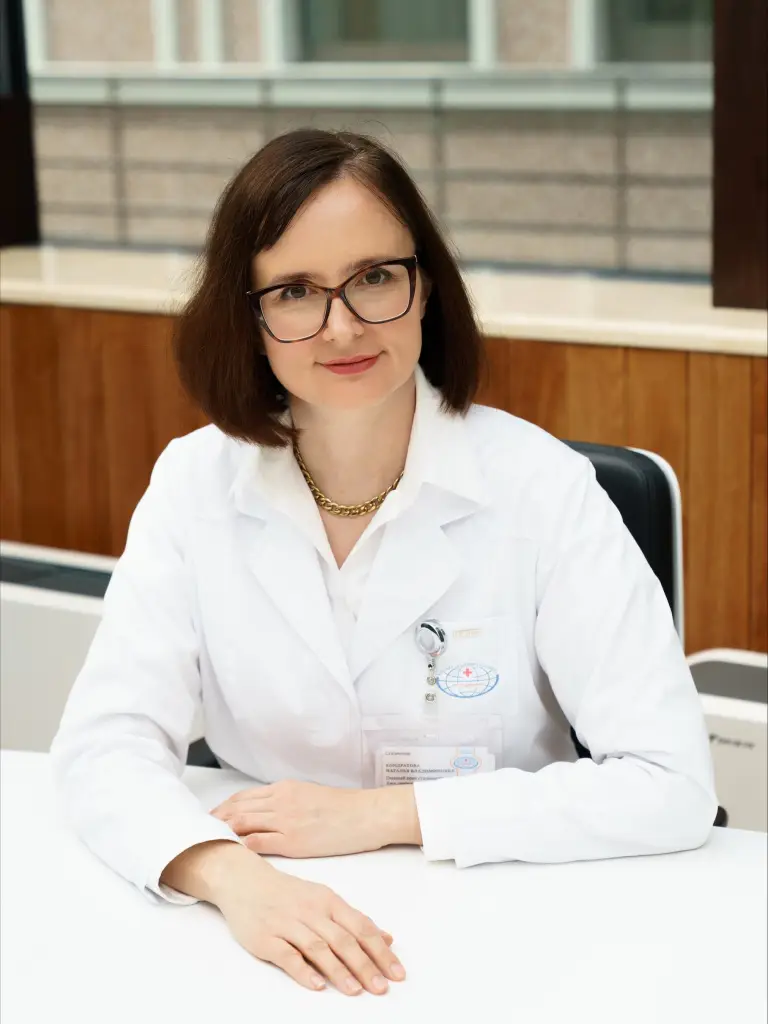
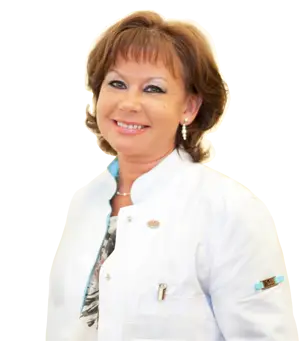
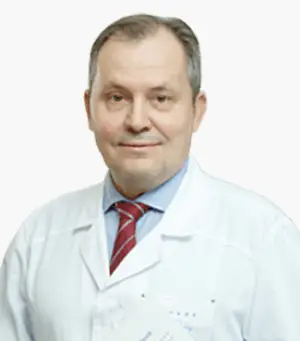
Price
The cost of scintigraphy at JSC "Medicina" clinic can be categorised as an average price in Moscow. The examination is carried out on modern equipment and the transcripts are made by specialists with extensive experience. We care not only about the health of our patients, but also about their comfort, so we offer to study our prices before making an appointment.
Advantages of JSC "Medicina"
Each patient at our clinic is guaranteed with accuracy, quality and efficiency of scintigraphy. Why should you come to us for testing?
- The scintigraphy machine installed at JSC "Medicina" allows patients of all ages and body types to undergo this procedure.
- Our equipment is of open type, which ensures the safety of claustrophobic patients.
- Modern equipment makes it possible to visualise large areas and obtain high quality scanning results. And the images are generated at high speed.
- The procedure takes place with complete assurance of emotional calm, especially if the examination is scheduled for a child.
Scintigraphy itself has advantages.
The procedure is non-traumatic and patients feel no pain or discomfort. Radiotoxicity is minimal, as radiopharmaceuticals are rapidly eliminated from the body.
No anaesthesia is required. No complicated preparations are necessary. You will receive all recommendations from our clinic doctor, who will take your body's specific needs into account.
Preparation
The kind of preparation for this examination depends on the indication for which the scintigraphy has been scheduled. At JSC "Medicina" (Academician Roytberg Clinic), you will receive specific recommendations based on the type of procedure you have undergone. In most cases it is required:
Avoid theophylline medications, beta-blockers (slow the heart rate) and nitrates.
Do not take caffeine within 24 hours before the examination.
Непосредственно перед процедурой необходимо снять все украшения.
How does scintigraphy proceed?
The total procedure time is 1.5-4 hours. It cannot be done faster than this, as the dose of a radiopharmaceutical will have to be increased and this will increase the radiation exposure. Our specialists clearly observe the technology of conducting, so they do not use such a scheme.
There are three main stages of the procedure:
1.Injection of a radiopharmaceutical
A small amount of radiopharmaceutical is given to the patient intravenously
2.Waiting time (1-3 hours)
Once the medication has been administered, a time interval must be maintained to allow the medication to accumulate in the area to be examined
3.Data reading (20-40 minutes)
The patient is seated on the table of the gamma camera that is carrying out the examination. The result is an image that is further processed by special software
A method of testing that requires waiting for a radiopharmaceutical to accumulate in the patient's body is called a static one. With a dynamic one, the procedure is started at once and the images are taken sequentially. The procedure visualises the accumulation of the medication online, but the radiation load remains at the same level.
Myocardial perfusion scintigraphy in our clinic is performed by SPECT on cutting-edge equipment, a BrightView gamma camera manufactured by Philips. This makes it possible to identify, with the utmost accuracy, the places where there is a circulatory disturbance, as the result is a 3D image.

